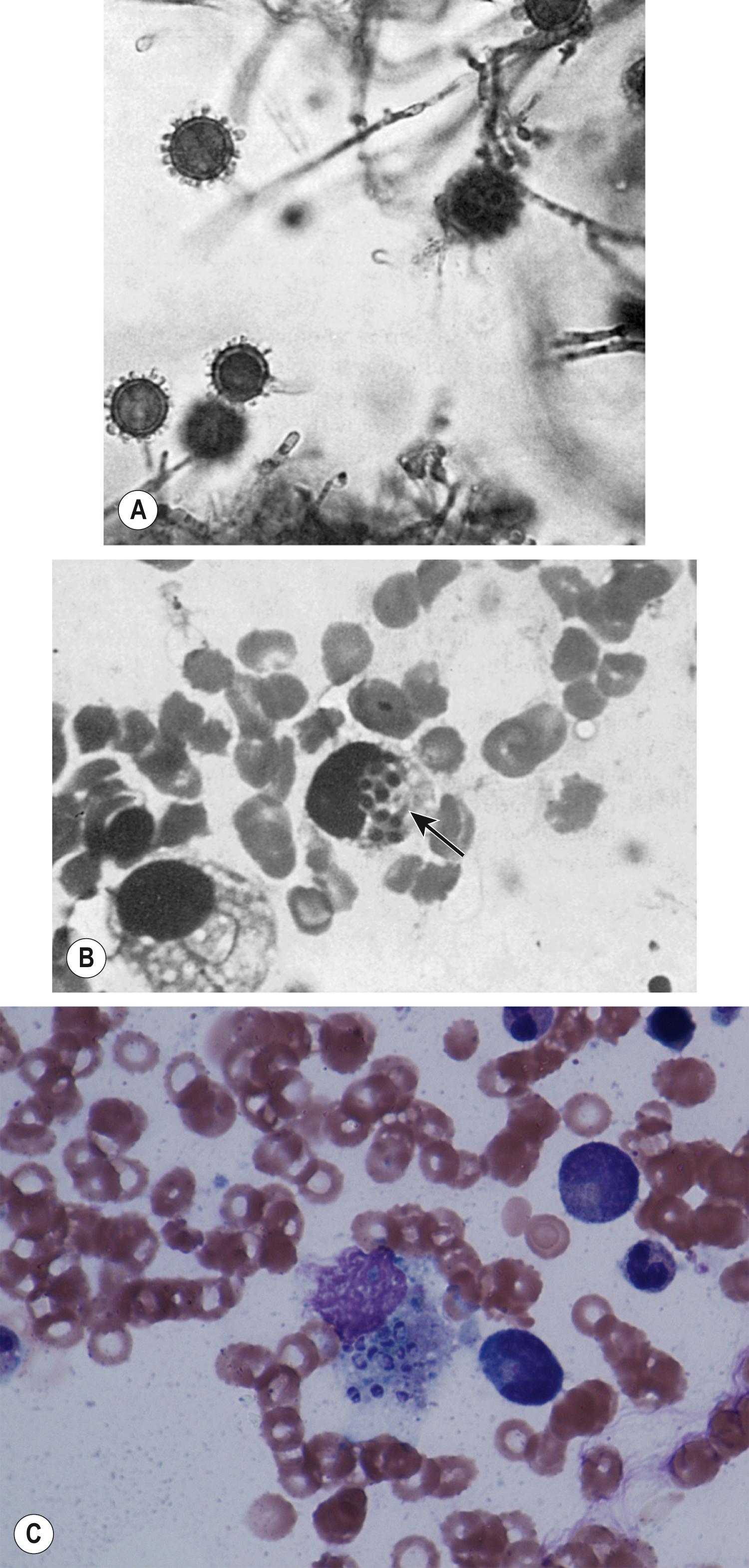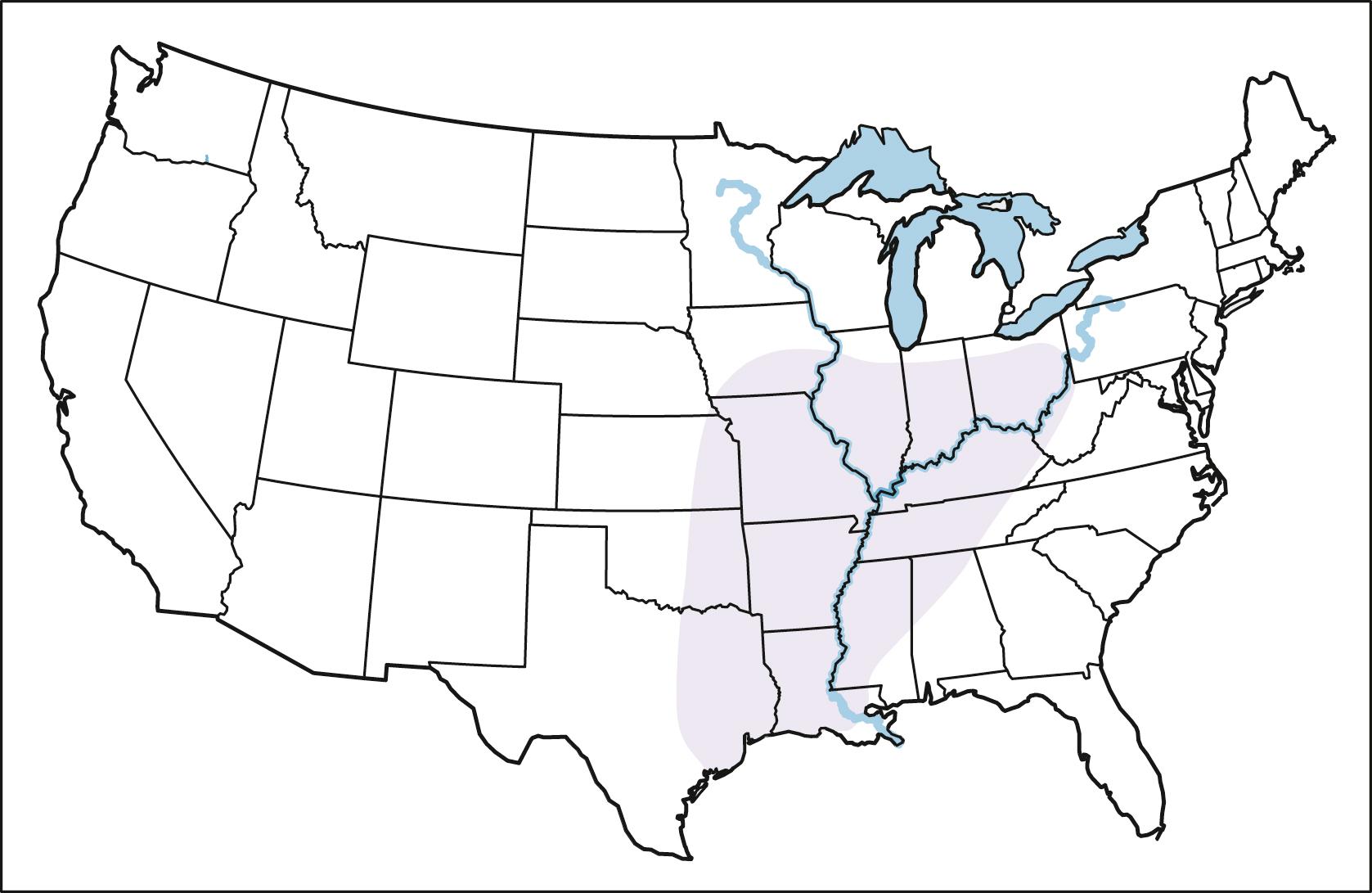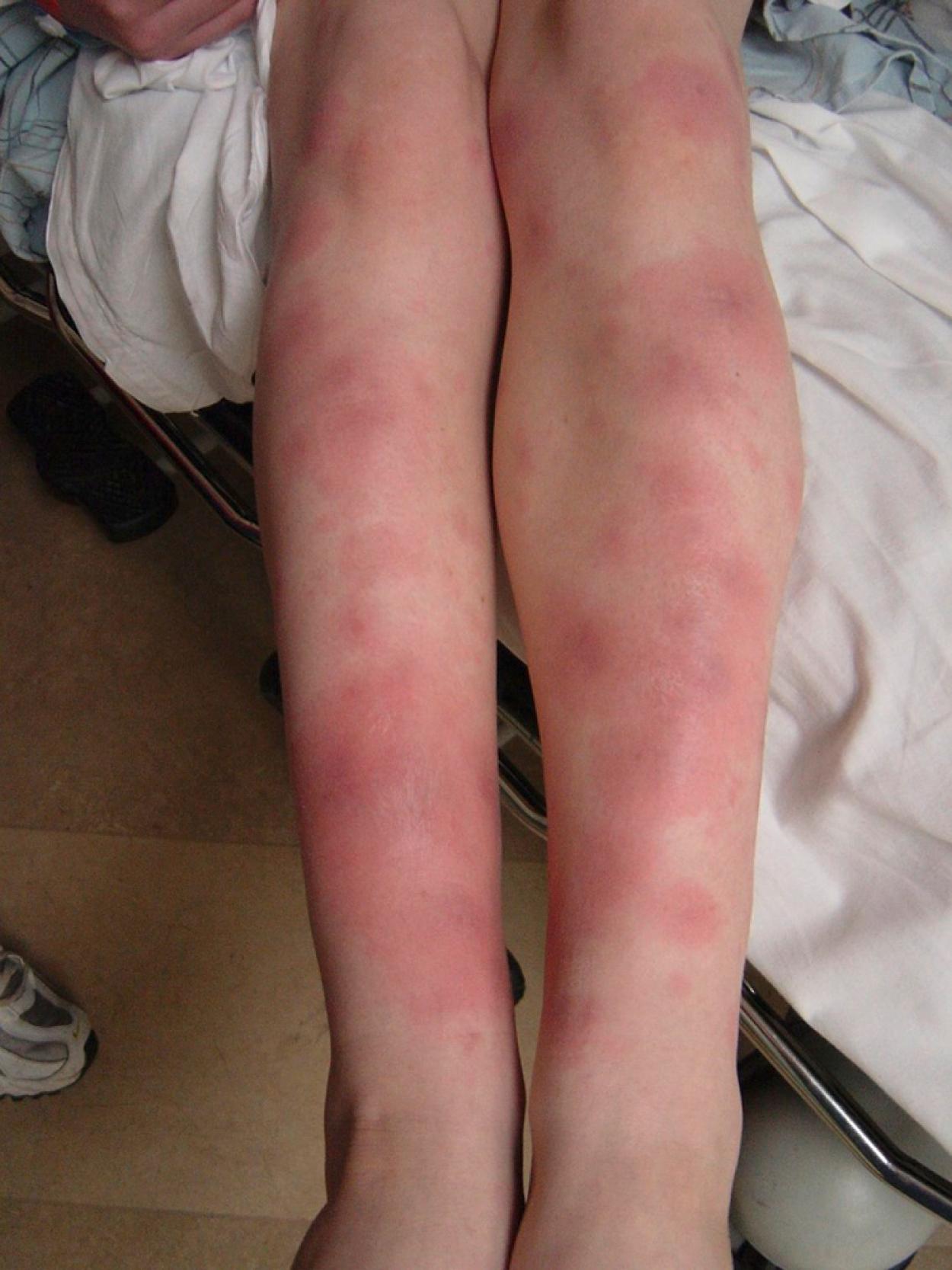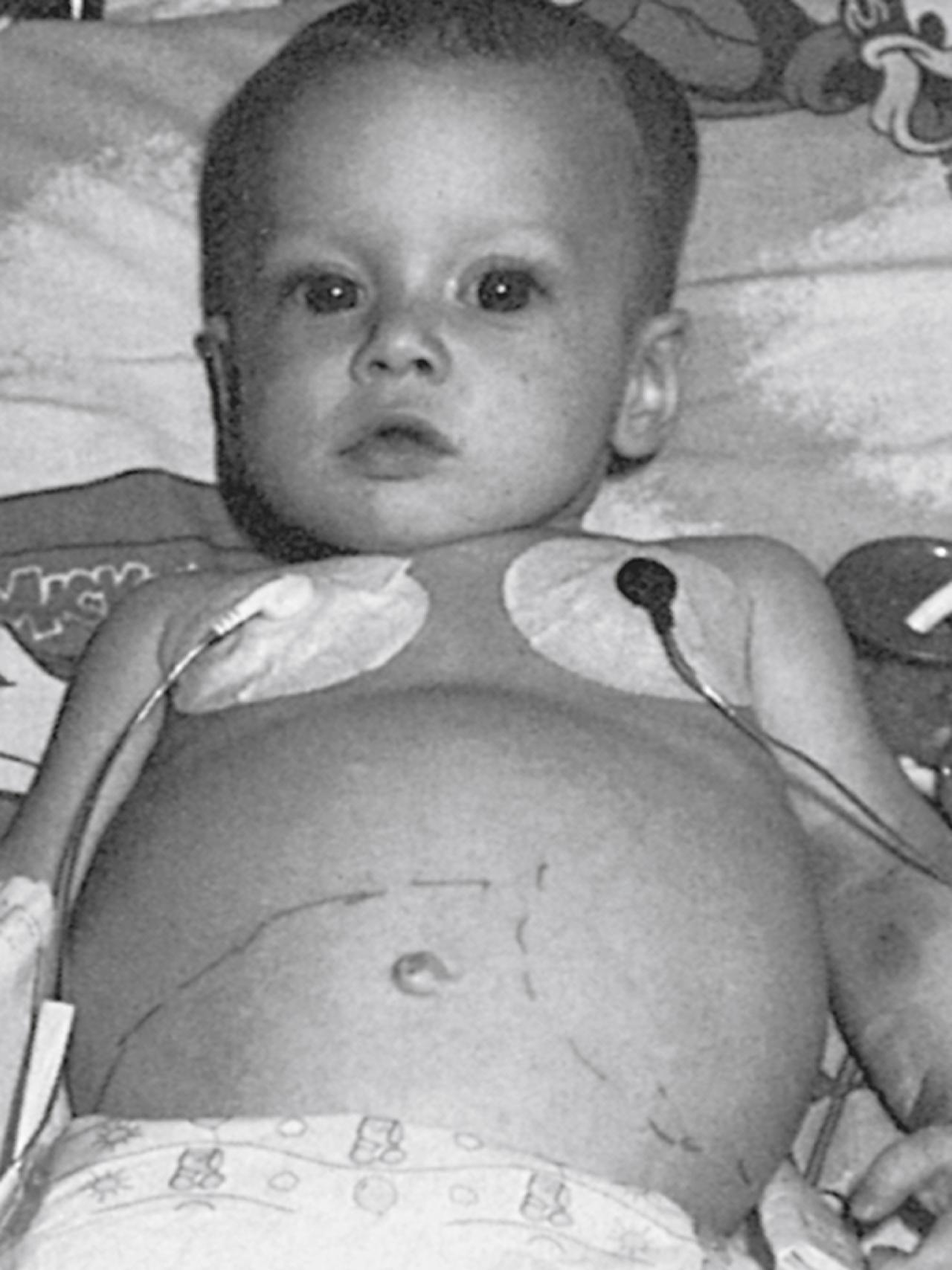Physical Address
304 North Cardinal St.
Dorchester Center, MA 02124
Histoplasmosis is the most common primary systemic mycosis in the Americas, affecting hundreds of thousands of people living in urban and rural areas of the Ohio and Mississippi river valleys, some mideastern states, and parts of Central and South America. , The fungus is also endemic in other continents such as Australia, Africa, and Asia.
Histoplasmosis is caused by the dimorphic fungus Histoplasma capsulatum var. capsulatum. Another variant, H. capsulatum var. dubosii , is known to cause disease in Africa. A common soil saprophyte, H. capsulatum grows as a spore-bearing mold below 35°C and as a yeast-like organism at 37°C. In its mold form, tuberculate macroconidia 8–14 μm in diameter are an identifying morphologic feature ( Fig. 250.1A ). Morphologic methods for identification of H. capsulatum isolates are slow, laborious, and hazardous; DNA probe technology shortens the time required for identification. The infectious particles are the microconidia, spores 2–5 μm in diameter that are produced by the mold form. Yeast-like forms are 2–3 μm by 3–4 μm in diameter and typically are found in infected tissues (see Fig. 250.1B and C ).

After inhalation, microconidia germinate within distal bronchioles and pulmonary alveoli where they undergo transition to yeast-like forms. Acute inflammatory changes then ensue. Lymphohematogenous fungal dissemination occurs early in infection, even in self-limited disease. The successful pathogenesis of H. capsulatum results from its transition to the yeast phase, entry into and proliferation within macrophages, and its ability to survive and retain its ability to reactivate. In the normal host, after 1 month, specific T-lymphocyte immunity develops and interleukin (IL)-12 and interferon (IFN)-γ stimulate macrophages to kill the fungus, thereby controlling disease. Tumor necrosis factor (TNF) is also critical for effective host immunity. Histopathologic changes include granulomas with Langerhans giant cells, typical yeast-like forms, and caseous necrosis. Lesions heal by fibrous encapsulation and can calcify. In some patients, albeit rarely in children, an exuberant fibrous reaction destroys or obstructs major vessels, bronchi, or lung parenchyma, and/or critical mediastinal structures. In immunocompromised hosts or those with progressive disseminated infection, granulomas can be poorly formed and the large fungal burden can overwhelm the reticuloendothelial system. , Findings compatible with macrophage activation syndrome can occur in this setting.
Antibodies against the organism are measurable about 1 month after infection, but these play no major role in controlling infection. In normal hosts, the cell-mediated immune response is key in controlling fungal growth and provides a degree of protection against reinfection. Histoplasma capsulatum will replicate within macrophages until T-lymphocytes are activated. Granuloma formation occurs in response to infection of macrophages. The release of proinflammatory cytokines and chemokines are required for the development of protective immune response that will not only control the infection but also provide protection against recurrent infection. Reinfection usually results from re-exposure; recurrences have shorter incubation periods and are generally milder than primary infections. Although recrudescence of latent infection has been well documented in HIV-infected people, in recipients of transplanted organs from infected donors, and in people receiving corticosteroids or TNF inhibitors, , debate exists about the frequency of reactivation versus re-exposure-induced infection. Progressive disseminated infections that occur in otherwise immunocompetent hosts, especially infants, can cause a transient T-lymphocyte deficiency that resolves after eradication of the organism. ,
Areas of high incidence include the Mississippi and Ohio river valleys ( Fig. 250.2 ), where skin test reactivity in hyperendemic areas can develop in as many as 80% of people by 18 years of age. , Infections can occur sporadically or in clusters. A single epidemic of over 100,000 cases of infection has been described in Indianapolis. Bird and bat excrement promote fungal growth in the environment. Inhalation of aerosols generated when contaminated sites are disturbed are risk factors for infection. Box 250.1 shows a summary of the microfoci and activities that most often predispose to infections. Contaminated air in closed spaces can cause intense exposure and serious illness. Large outbreaks have been reported to occur in industrial settings and in a school. , , Increasingly, infections have been reported among travelers returning from endemic areas. , Vertically acquired disseminated histoplasmosis and HIV infection has been reported in a 5-week-old infant.

Cleaning/renovating basements, attics, wall insulation of older homes, barns, and silos
Cleaning under bird feeders
Cutting firewood/tree stumps
Cleaning abandoned building
Digging at sites of former bird roosts
Gardening
Playing and working in barns
Playing in hollow trees
Exploring caves
Being downwind of excavation/demolition of contaminated sites
Rototiling
Being exposed to bonfires
A retrospective cohort using a nationwide database of hospital admissions for 2002 estimated that 332 pediatric patients with symptomatic endemic mycoses were hospitalized in the US, at a rate of 4.6 cases per 1 million with a mortality rate of 5%, compared to 6003 adults at a rate of 28.7 cases per million population and a mortality rate of 7%. Hospitalized children with histoplasmosis were more likely to have an immunodeficiency than adults, 32% versus 14%, respectively. The database provided geographic information confirming prior observations that histoplasmosis usually occurs in the Midwest and southern states. While distinctive geographic regions are associated with specific endemic mycoses, in recent years, many cases are appearing in areas outside of their usual regions, such as histoplasmosis in Idaho, California, and New Mexico. Clinicians will need a greater index of suspicion when evaluating patients with signs and symptoms compatible with endemic mycoses, even in the absence of travel to or residence in traditional endemic regions. When considering a diagnosis of endemic mycoses in a patient with pulmonary disease, several factors need to considered, such as residence or travel to an endemic region, occupation, hobbies and leisure activities, the presence of birds and bats in dwellings, demolition of old structures, excavation or soil tilling, and animal exposures.
During 2001–2012, histoplasmosis-associated hospitalizations in the US were estimated to be 50,778. Infection rates were lowest in persons <18 years old. The significance of H. capsulatum as a cause of opportunistic infection has escalated in proportion to the increasing numbers of individuals who are immunosuppressed. While an increase in hospitalizations has been observed in transplant recipients and in those receiving biologic agents, the contribution of HIV/AIDS to hospitalized patients with histoplasmosis decreased from 2001 to 2012 (21.5% to 17.3%).
An outbreak in Indianapolis, Indiana affected an estimated 100,000 individuals within a 400-square-mile area and lasted nearly 1 year. Illnesses were identified in 435 individuals (including 49 children <15 years old), and disseminated disease developed in 46. From 1938–2013, 105 outbreaks comprising 2850 cases were reported in the US. In 70 outbreaks with complete data, 51% of cases occurred among children <18 years old, with a majority of cases associated with two large school-related outbreaks. Indiana had the most reported cases with 790 cases. Infections occur infrequently in nonendemic areas and may result from reactivation of quiescent infection in patients who become immunosuppressed. , Transmission has been confirmed in the recipients of two cadaveric organs from a donor who had resided in an endemic area.
In non-outbreak settings, symptomatic infection occurs in fewer than 5% of infected individuals, and clinical manifestations vary widely. The outcome of exposure to H. capsulatum is influenced by: (1) inoculum size, (2) the functional integrity of host’s cellular immunity, (3) strain-specific virulence factors, and (4) pre-existing immunity.
The spectrum of common clinical manifestations of histoplasmosis in childhood is summarized in Box 250.2 . In a single source, high inoculum outbreak at a high school, of the 523 persons who developed serologic evidence of recent infection, 355 (68%) developed symptoms compatible with acute pulmonary histoplasmosis. Most became symptomatic 2–3 weeks following exposure. Common complaints were headache (95%), fatigue (79%), fever (79%), cough (73%), myalgias (71%), chills (67%), non-pleuritic chest pain (66%), and arthralgias (52%). Symptoms usually last 2 or 3 days. In about 5% of children, symptoms are subacute, persist longer than 2 weeks, and include lethargy, poor appetite, and weight loss. Rheumatologic manifestations including erythema nodosum and/or arthralgia can occur, often in adolescents ( Fig. 250.3 ). In about 10% of symptomatic children, pericardial effusion develops and, albeit infrequently, can become large enough to impair diastolic filling. , Pericardial fluid is almost always sterile and usually results from inflammation caused by infected contiguous lymph nodes. Hypercalcemia, occasionally seen with other granulomatous infections, can occur in histoplasmosis. Many mediastinal and abdominal manifestations result from irritation, compression, or destruction of structures adjacent to infected lymph nodes and granulomas. , Other manifestations include chylothorax, pleural effusion, , multifocal choroiditis, cystic duct obstruction, and traction esophageal diverticulum. Osteomyelitis and central nervous system infections , are unusual manifestations of histoplasmosis in healthy, older children. Except in cases of massive exposure, fatality is rare in otherwise healthy, older children.
Mediastinal lymphadenopathy
Pulmonary infarction
Cavitary pneumonia
Asthma-like illness
Pleural effusion
Acute/chronic bronchial obstruction
Isolated cervical/supraclavicular lymphadenopathy
Superior vena cava syndrome
Mediastinal granuloma
Fibrosing mediastinitis
Vocal cord granuloma
Vocal cord paralysis
Hemoptysis
Broncholithiasis with lithoptysis
Chylothorax
Diaphragmatic weakness/paralysis
Esophageal diverticulum/fistula
Pericarditis
Erythema nodosum
Meningitis/focal cerebritis
Arthritis
Parotitis
Interstitial nephritis
Nephrocalcinosis
Hypercalcemia
Gastrointestinal tract ulceration/hemorrhage
Gastrointestinal tract pseudomalignancy
Crohn disease-like illness
Biliary obstruction
Cutaneous or conjunctival inoculation and regional adenitis
Choroiditis
Endocarditis
Adrenal mass

Granulomas appear after the development of an effective acquired immune response. Inflammation ultimately progresses to fibrosis and often is accompanied by calcification. , The rate of calcification is age dependent, and it may occur within months in children and over several years in adults. Exuberant granulomatous inflammation or fibrosis or both can result in obstruction or dysfunction of adjacent mediastinal or, less commonly, abdominal structures. In areas endemic for histoplasmosis, old granulomas in the lung, bone marrow, or other sites may be seen as incidental findings. In patients with disseminated histoplasmosis, especially those with preexisting cellular immune dysfunction, or in otherwise normal infants, the inflammatory response is impaired and granuloma formation is poor, leading to extensive parasitization of macrophages by yeasts. Many organ systems are often involved.
Fungal dissemination that occurs early in infection almost always is self-limited in normal individuals. The term progressive disseminated histoplasmosis is applied to instances of continued and overwhelming reticuloendothelial infection; and is fatal if untreated. , This manifestation often suppresses cellular immune function in previously immunocompetent hosts and is a common opportunistic infection in individuals with acquired or congenital cellular immune dysfunction. An infrequent manifestation of progressive dissemination occurs in otherwise healthy infants. Termed progressive disseminated histoplasmosis of infancy, its initial symptoms are subacute, sometimes lasting several weeks, although progressive. , Complaints and signs include fever, weight loss, and progressive hepatosplenomegaly ( Fig. 250.4 ). Meningitis occurs in about 60% of affected infants. Pancytopenia and disseminated intravascular coagulopathy (DIC) are ominous signs; infection is fatal if untreated. Of interest, a recent report describes a case of disseminated histoplasmosis in one of infant twins. Additionally, vertical transmission to a neonate from a mother who developed disseminated infection while receiving anti-TNF therapy has been documented.

Become a Clinical Tree membership for Full access and enjoy Unlimited articles
If you are a member. Log in here